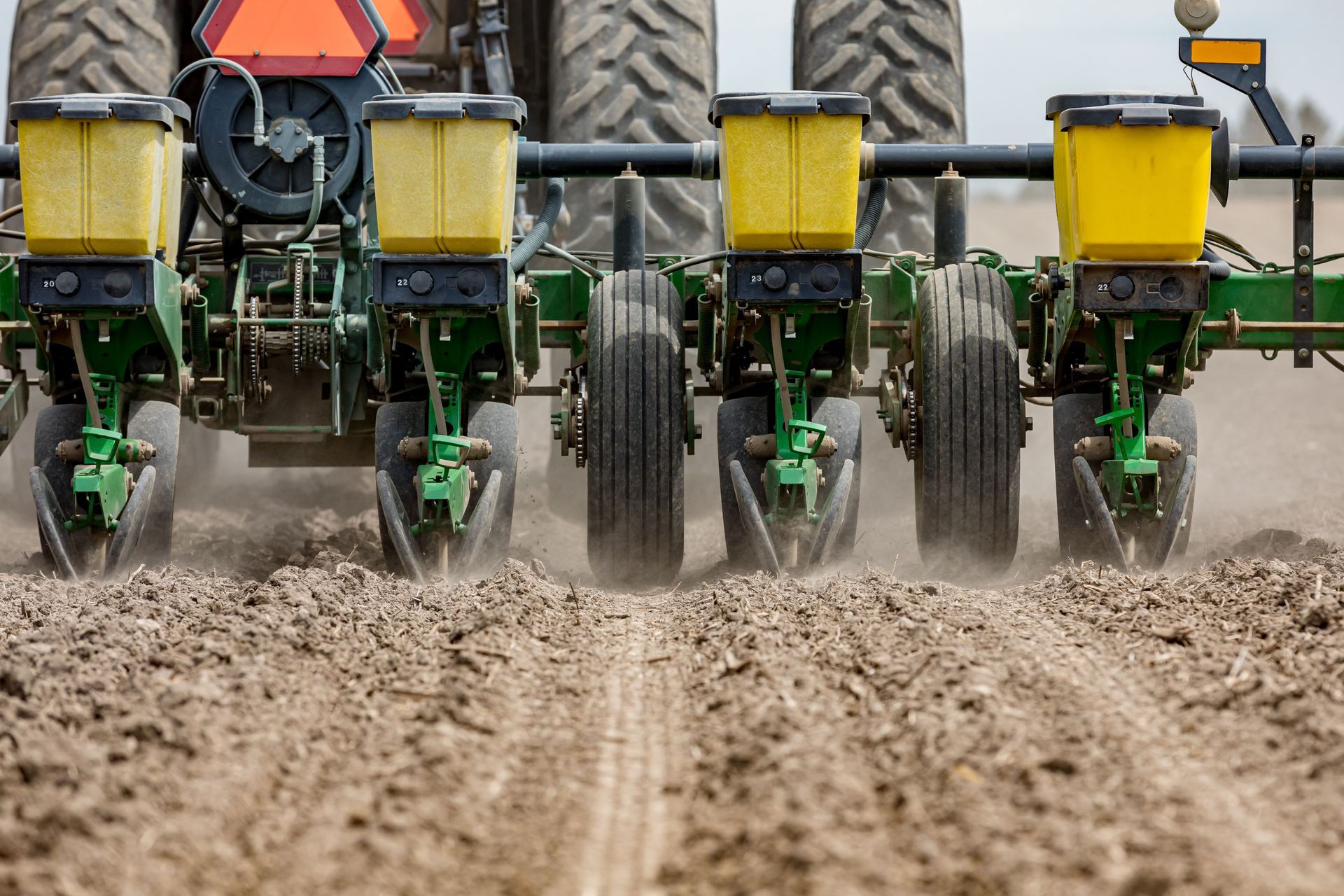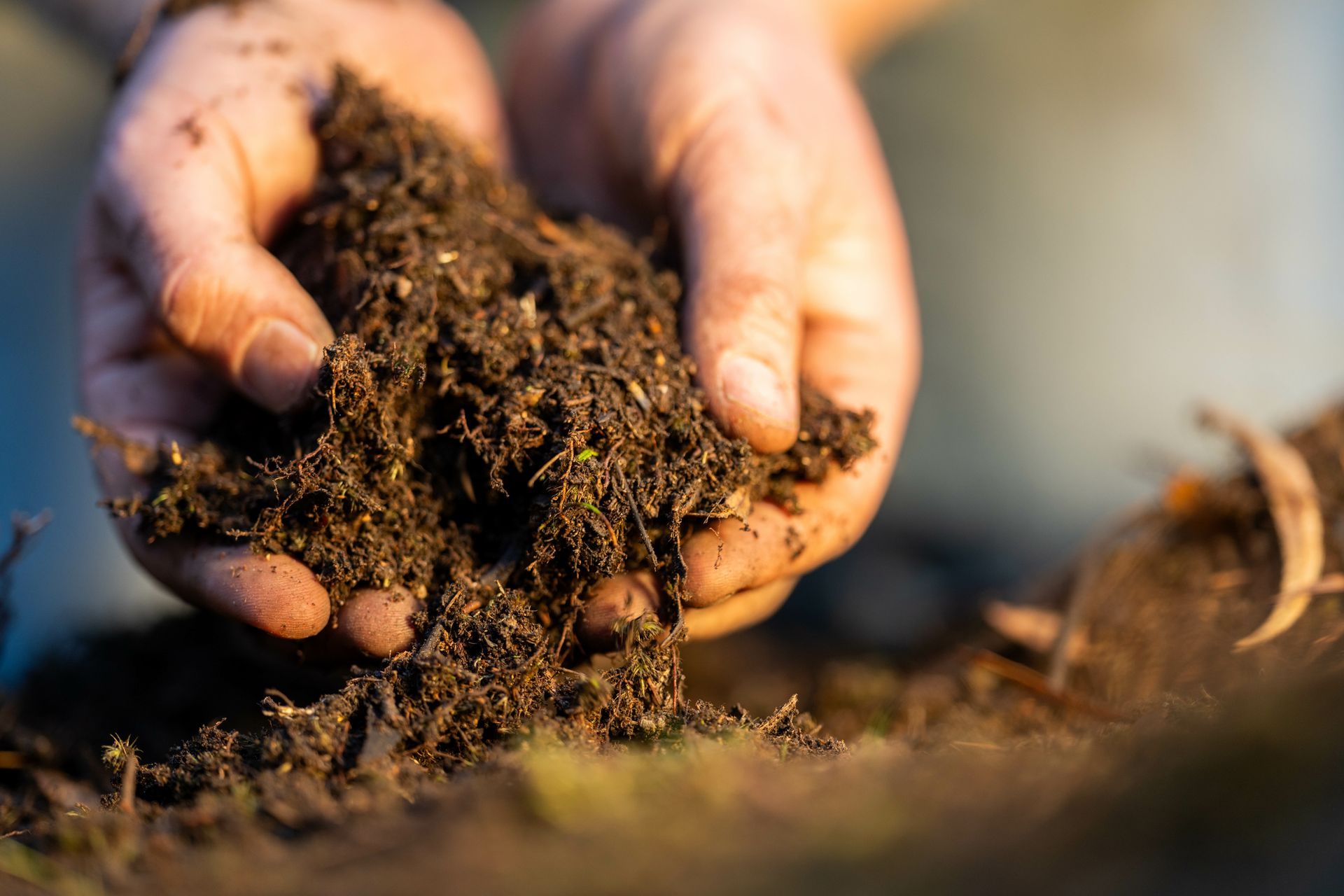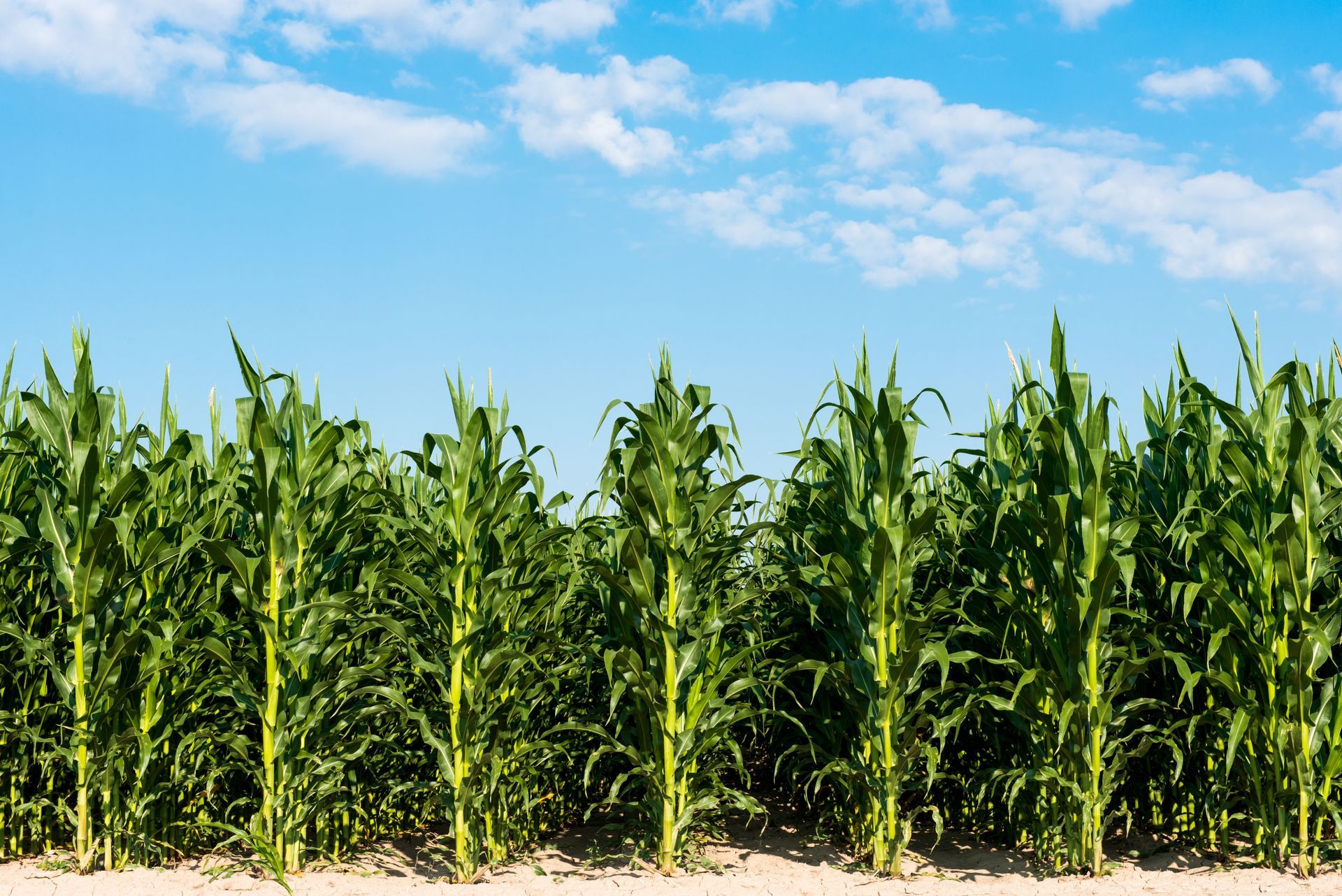Building the Bridge to Modern Agriculture
As many of you manage household budgets while your partners are busy in the fields this season, you might be wondering: What if there's a better way to approach our farm's future?
The Connection Between Our Kitchen Table and Our Fields
Have you ever noticed the parallel between what we're learning about health in our kitchens and what's happening in our fields?
Just as we've discovered the importance of gut health and microbiomes for our family's well-being, a similar revolution is quietly taking place in agriculture. The health of our soil's microbiome directly impacts the quality of what grows in it—and, ultimately, what ends up on our tables.
A Bridge, Not a Demolition
Let's be clear: this isn't about dismantling conventional agriculture. It's about building a bridge to something better.
In a recent episode of CropCast, they discussed how you can't just upturn conventional agriculture; it is a slow process to make change. The role of producers today is to be open-minded and receptive to new information.
The truth is that we can't keep doing things exactly as our parents and grandparents did. The landscape and the soil have changed. And our understanding of how it all works together has evolved dramatically.

Why Our Soil Isn't What it Used to Be
So what's changed? Why can't we just keep farming the way we always have?
The answer lies in two major shifts in modern agriculture that have fundamentally altered our soil's composition and health:
The loss of crop diversity: Our grandparents typically rotated through multiple crops, each feeding different soil microbes. Today's corn-soybean rotations don't provide the diverse nutrition that soil biology needs.
The separation of livestock from crops: Removing animals from crop farms removed more than just manure—it eliminated a complete package of microbes that naturally replenished soil life. The farther we get away from manure usage, the worse our soil health becomes.
These changes have depleted essential soil elements and weakened the very biological processes that make nutrients available to plants. This is why simply adding more synthetic fertilizer often yields diminishing returns.
When Soil Gets "Lazy"
When we continuously apply synthetic fertilizers without nurturing the soil biology, the microbes in our soil essentially become "lazy." As one Sean Nettleton explained on CropCast: "If we are adding a lot of synthetic fertilizer to the soil, eventually our microbes become lazy because we aren't doing the things to stimulate them to release the enzymes in the soil that release nutrients."
Take Nitrogen fixers for example. These beneficial microorganisms naturally convert atmospheric nitrogen into forms plants can use—but only when they need to. When synthetic nitrogen is abundant, they shut down this critical function. The soil microbiome becomes reliant on these external inputs rather than performing its natural nutrient cycling processes.
It's not that fertilizer is bad—conventional agriculture has fed billions for good reason. But over time, our soils have developed a dependency on these inputs, which can lead to diminishing returns and require increasingly more product to achieve the same results.
By pulling back, you aren't going to see results overnight. However, over time, you will start to see the microbiome in your soil and the biodiversity change.
Your Soil Health Needs
- Diversity Matters: Your soil needs diversity in its microbiome
- Balance is key: Too much of any one nutrient creates imbalances elsewhere
- Prevention over treatment: Addressing the root cause is always more effective than treating symptoms later on
- Customized approach: What works for one field may not work for another
The data from our One-Field Challenge confirms this: high-yielding areas often show better WEOC (Water Extractable Organic Carbon) levels—a key indicator of soil microbial health—even when P and K levels are lower than in poor-performing areas.

Why This Matters to Your Family
As someone who helps manage the farm's financial health and long-term planning, you understand the value of looking beyond quick fixes to sustainable solutions that build resilience over time.
When we prioritize and nurture the microbiome in our soil:
- Crops become naturally more resilient to disease, stress, and unpredictable weather patterns
- The quality and nutritional value of what we grow improves
- Dependency on expensive inputs gradually decreases
- Long-term soil productivity and farm sustainability increase
This approach isn't just about better yields for next season—it's about building a stronger, more economically sustainable operation that can weather challenges and thrive for generations to come.

Taking the First Step Together
The journey toward healthier soil doesn't happen overnight. But you don't have to figure it out alone.
At Ide Seed & Fertilizer, we've spent years researching and testing biological approaches that work specifically in local soils. We understand the balance between maintaining productivity today while building soil health for tomorrow.
It isn't about being anti-chemical, but we need to heal the soil we have and do conventional farming better. It's about taking what we're already doing and making it better—addressing root causes rather than just applying band-aids.
Ready to learn more about how biological approaches can bridge the gap between conventional agriculture and a healthier farm? Contact us today to discuss how we can develop a customized plan that works with your farm's unique needs and goals.
You are there for your family. We are there for you.
